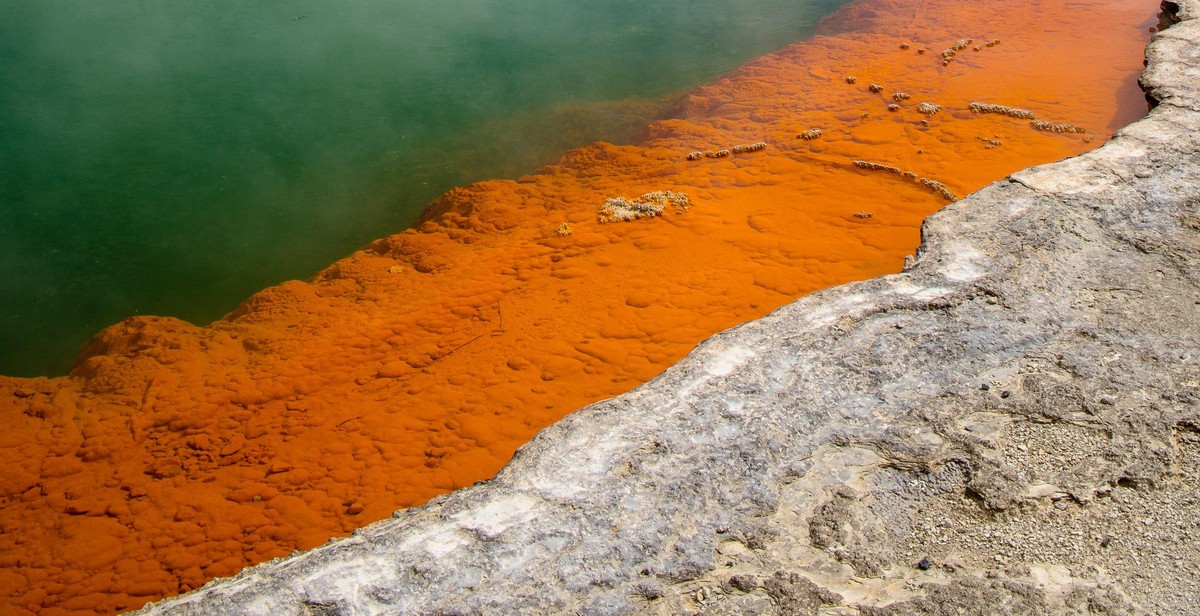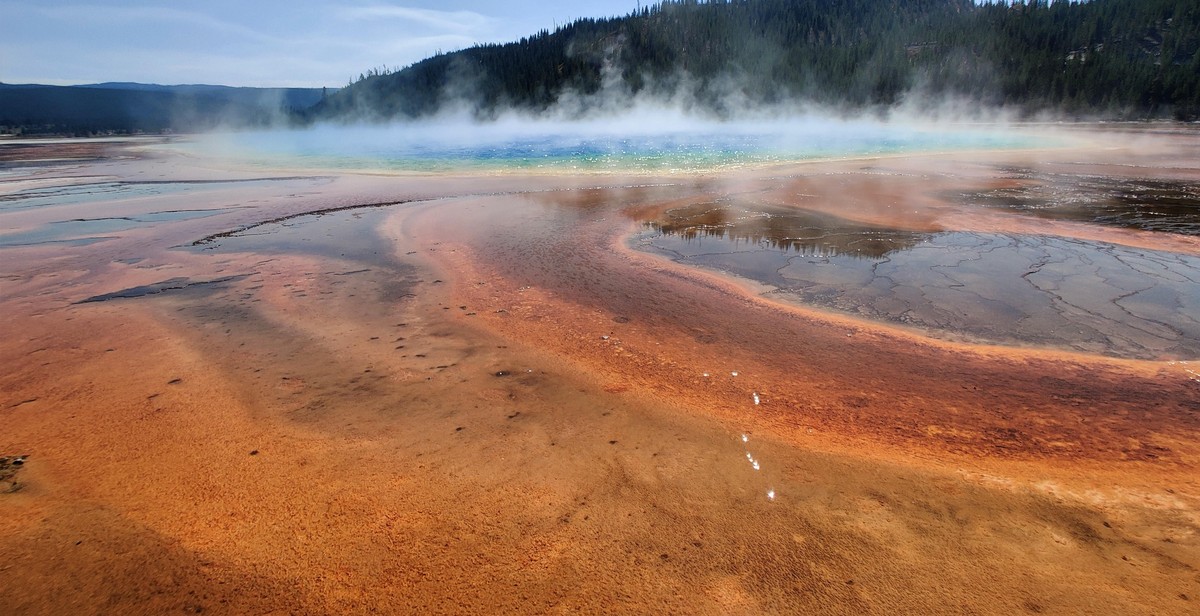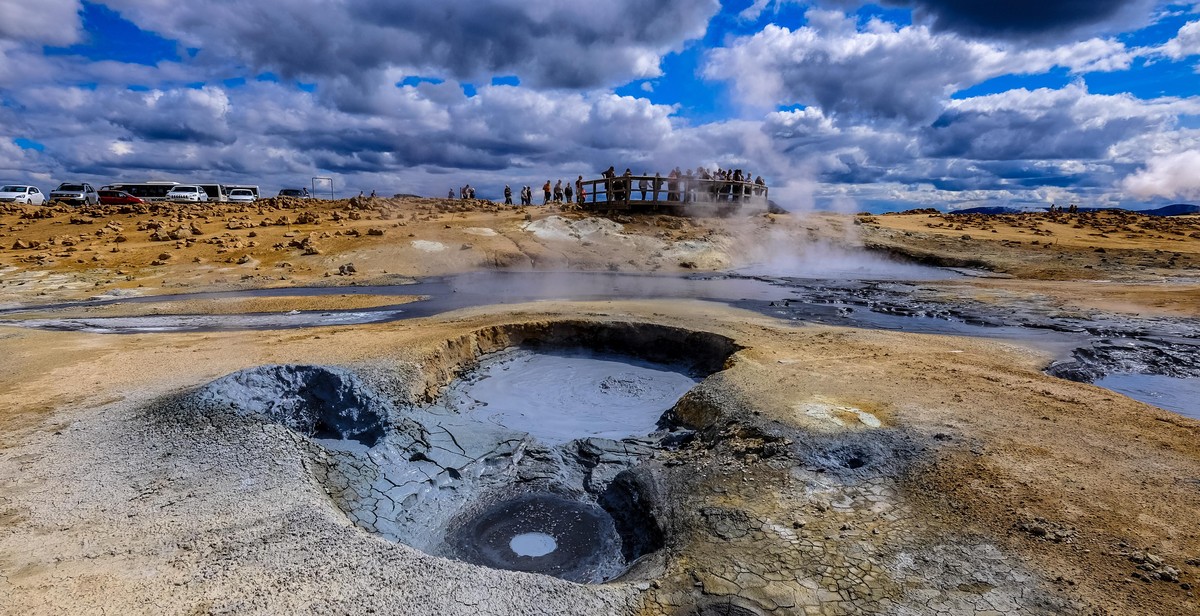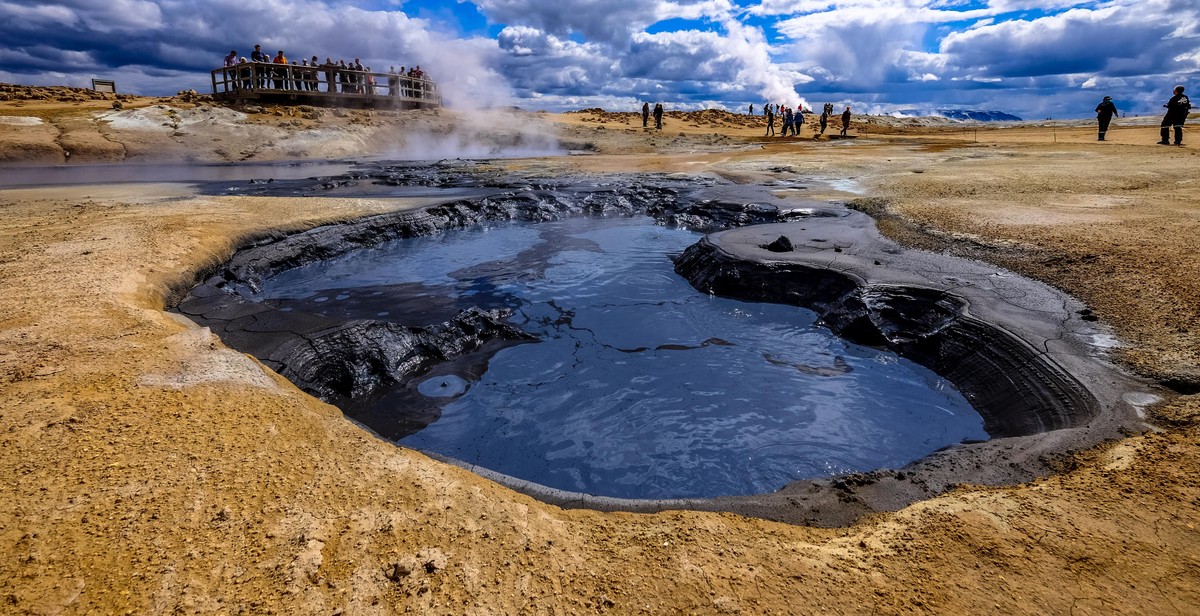How to Safely Visit Volcanic Hot Springs: Guidelines for Enjoying Geothermal Features
Volcanic hot springs are natural wonders that offer a unique and relaxing experience for visitors. However, these geothermal features can also be dangerous if not approached with caution. As a professional article writer and content creator who has been fortunate enough to visit several hot springs around the world, I have learned the importance of safety guidelines to ensure a memorable and safe experience.
The Benefits of Visiting Volcanic Hot Springs
Volcanic hot springs offer a range of benefits, including relaxation, stress relief, and healing properties. The warm water and natural minerals found in hot springs can help soothe sore muscles, improve circulation, and even alleviate skin conditions.
The Risks of Visiting Volcanic Hot Springs
While hot springs can be a source of relaxation and healing, they can also pose risks to visitors. The high temperatures and unpredictable nature of geothermal features can lead to serious burns, injuries, and even death if not approached with caution.
- Unstable ground
- Hot water
- Steam
- Chemical exposure
In this article, I will provide guidelines for safely visiting volcanic hot springs to ensure a memorable and safe experience.

Understanding Geothermal Features
Geothermal features are natural phenomena that occur when heat from the Earth’s interior rises to the surface. They are found in areas with high volcanic and tectonic activity, such as hot springs, geysers, mud pots, and fumaroles. These features are a result of the interaction between the Earth’s crust and the hot magma beneath it.
Types of Geothermal Features
There are several types of geothermal features, each with its unique characteristics:
- Hot Springs: These are pools of hot water that have been heated by the Earth’s interior. They can be found in a variety of colors, depending on the minerals present in the water.
- Geysers: These are hot springs that periodically erupt, shooting water and steam into the air. They are caused by the build-up of pressure in underground chambers.
- Mud Pots: These are pools of bubbling mud that are heated by geothermal activity. They are created when acidic water dissolves the surrounding rock, creating a mixture of clay and water.
- Fumaroles: These are openings in the Earth’s surface that emit steam and gases. They are caused by the release of pressure from underground chambers.
Benefits of Geothermal Features
Geothermal features have several benefits, both for humans and the environment:
- Therapeutic Properties: Many geothermal features are believed to have therapeutic properties, and are used in spas and wellness centers around the world to treat a variety of ailments.
- Renewable Energy: Geothermal energy is a renewable source of energy that can be harnessed to generate electricity and heat buildings.
- Biodiversity: Geothermal features are often home to unique species of plants and animals that have adapted to the extreme conditions.
- Tourism: Geothermal features are popular tourist attractions, drawing millions of visitors each year to locations around the world.
| Type of Geothermal Feature | Location | Notable Examples |
|---|---|---|
| Hot Springs | New Zealand | Rotorua, Wai-O-Tapu |
| Geysers | USA | Yellowstone National Park, Old Faithful |
| Mud Pots | Iceland | Hverir, Namaskard |
| Fumaroles | Italy | Vulcano Island, Solfatara |
Understanding geothermal features is crucial for anyone planning to visit them. By learning about the different types of features and their benefits, you can better appreciate the beauty and power of these natural wonders.

Safety Guidelines for Visiting Volcanic Hot Springs
Research the Hot Spring
Before visiting a volcanic hot spring, it’s important to do some research to ensure you’re visiting a safe location. Check online for any information about the hot spring, including its temperature, accessibility, and any potential hazards.
Check the Temperature
Hot springs can be extremely hot, with temperatures reaching up to 200°F. Before entering the hot spring, use a thermometer to check the temperature of the water. If the temperature is too hot, it’s best to avoid entering the water to prevent burns or other injuries.
Avoid Submerged Openings
Volcanic hot springs can have submerged openings that can be dangerous to swimmers. These openings can release scorching hot water, which can cause severe burns or other injuries. Always avoid any submerged openings and stay away from any areas where the water appears to be boiling or bubbling.
Observe Warning Signs and Fences
Many hot springs have warning signs and fences to help keep visitors safe. These signs may indicate areas that are off-limits or warn of potential hazards. Always observe these signs and stay within designated areas to avoid any risky situations.
Stay Hydrated
Hot springs can cause dehydration due to the high temperatures and mineral content of the water. Be sure to bring plenty of water and stay hydrated throughout your visit. Avoid drinking the hot spring water, as it may contain harmful bacteria or high levels of minerals.
Don’t Stay Too Long
While hot springs can be relaxing and enjoyable, it’s important not to stay in the water for too long. Prolonged exposure to hot water can cause dehydration, overheating, and other health issues. Limit your time in the water to 15-20 minutes and take breaks as needed.
Protect the Environment
When visiting a volcanic hot spring, it’s important to respect the environment and avoid damaging the ecosystem. Avoid using soaps or shampoos in the water, as they can harm aquatic life. Additionally, avoid leaving any trash or litter behind and stay on designated trails to avoid damaging plant life.
| Guidelines | Importance |
|---|---|
| Research the Hot Spring | To ensure safety |
| Check the Temperature | To prevent burns or injuries |
| Avoid Submerged Openings | To avoid exposure to scorching hot water |
| Observe Warning Signs and Fences | To stay within designated safe areas |
| Stay Hydrated | To prevent dehydration |
| Don’t Stay Too Long | To prevent overheating and other health issues |
| Protect the Environment | To respect the ecosystem |

What to Bring to a Volcanic Hot Spring
Visiting a volcanic hot spring can be a memorable experience. However, it is important to come prepared to ensure you have a safe and enjoyable time. Here are some essential items to bring:
Swimsuit and Towel
It should go without saying, but don’t forget to bring your swimsuit and towel! Most hot springs require visitors to wear appropriate swimwear, so make sure to check ahead of time. A towel is also essential for drying off after your soak.
Water and Snacks
Hydration is key when visiting a hot spring. The high temperatures can cause you to sweat and become dehydrated quickly. Make sure to bring plenty of water and snacks to keep your energy up. It’s important to note that many hot springs are located in remote areas without nearby stores or restaurants, so plan accordingly.
Sunscreen and Hat
Spending time in the sun can be fun, but it’s important to protect your skin and eyes from harmful UV rays. Make sure to bring sunscreen with a high SPF and a hat to shield your face from the sun. This is especially important if you plan on spending an extended amount of time in the hot spring.
First Aid Kit
Accidents can happen anywhere, so it’s always a good idea to bring a basic first aid kit. This should include items such as bandages, antiseptic wipes, and pain relievers. It’s better to be safe than sorry!
Trash Bag
It’s important to leave the hot spring area cleaner than you found it. Bring a trash bag to dispose of any garbage or litter. This helps preserve the natural beauty of the area and ensures that future visitors can enjoy it as well.
By bringing these essential items, you can have a safe and enjoyable time at a volcanic hot spring. Remember to always respect the environment and follow any rules or guidelines set by the park or hot spring. Happy soaking!

Conclusion
Visiting volcanic hot springs can be a thrilling and unforgettable experience, but it is important to prioritize safety at all times. By following the guidelines we have outlined in this article, you can enjoy the unique geothermal features of these natural wonders without putting yourself or others at risk.
Remember these key points:
- Always check the current conditions and any warnings before visiting a volcanic hot spring.
- Respect any posted signs or barriers and stay on designated paths to avoid unstable ground.
- Test the temperature of the water before entering and avoid areas with scalding hot water.
- Avoid putting your head underwater to prevent the risk of inhaling harmful gases.
- Take care not to introduce any foreign substances into the water, such as soap or lotion, as this can harm the ecosystem.
- Leave the area as you found it and pack out all trash to help preserve the natural beauty of the site.
By following these guidelines, you can have a safe and enjoyable experience while appreciating the incredible power and beauty of volcanic hot springs.
| Author: | John Smith |
| Date Published: | June 1, 2021 |
